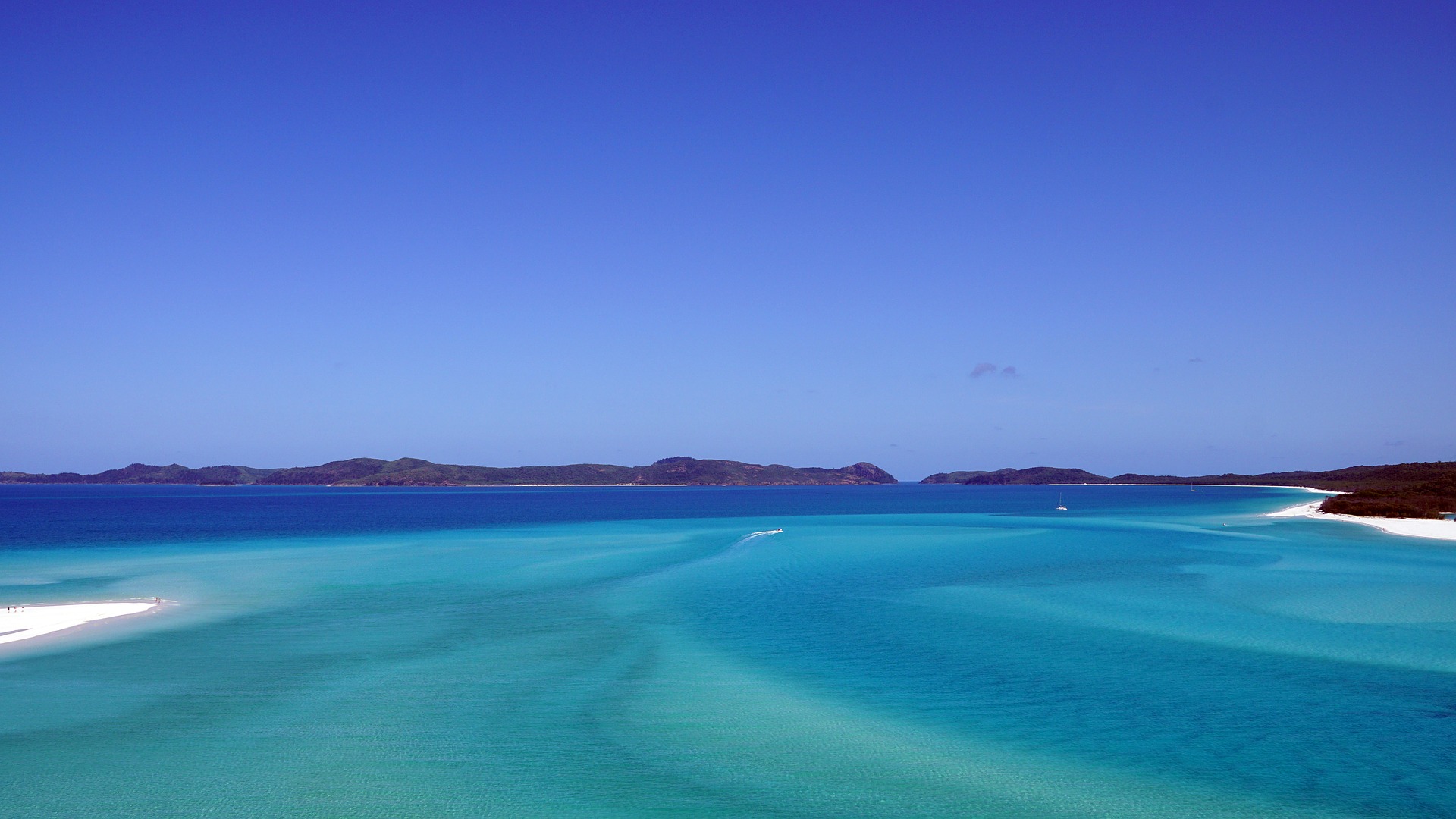
EXPERT REACTION: Second shark attack in the Whitsundays in 24 hours
It has just been reported that there has been a second shark attack in the Whitsundays in 24 hours. Below an Australian expert responds to the encounter.
Organisation/s: Griffith University, The University of Melbourne
News for:
Australia
VIC
QLD
Media contact details for this story are only visible to registered journalists.


Expert Reaction
These comments have been collated by the Science Media Centre to provide a variety of expert perspectives on this issue. Feel free to use these quotes in your stories. Views expressed are the personal opinions of the experts named. They do not represent the views of the SMC or any other organisation unless specifically stated.
Associate Professor Robert Day is a marine ecologist at the University of Melbourne